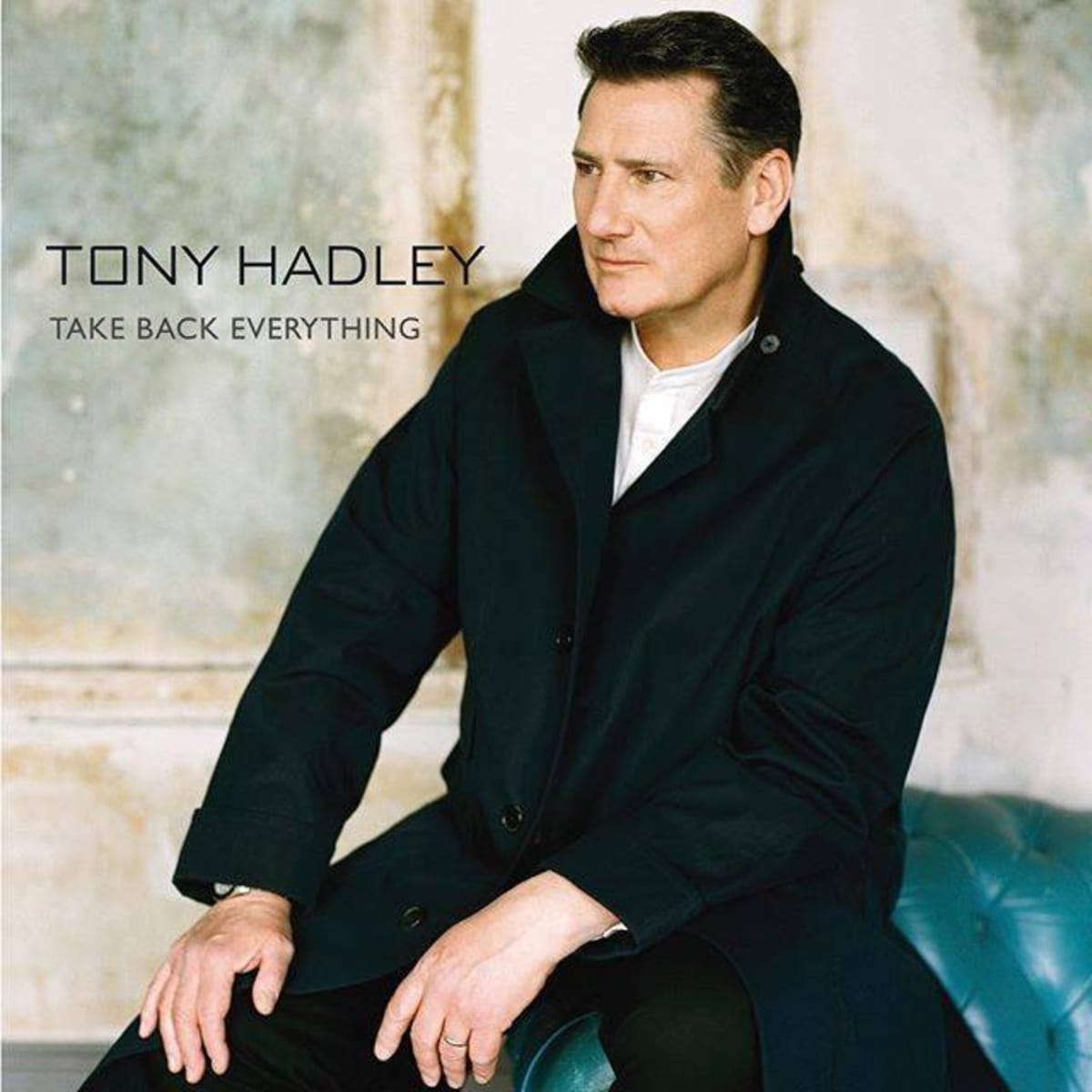
CMAT
Tuesday, Nov 18, 2025
18:30:00
, Cambridge
Nestled in the heart of one of England's most historic and vibrant cities, the Cambridge Corn Exchange stands as a testament to enduring cultural significance. More than just a building, it is a cornerstone of the city's artistic soul, a place where generations have gathered to experience the raw energy of live performance. From its utilitarian beginnings to its current status as a beloved gig venue, the Corn Exchange has witnessed countless moments of musical magic, cementing its reputation as a vital hub for grassroots music and a cherished landmark for the Cambridge community. Its intimate scale and dedicated atmosphere foster a unique connection between artist and audience, making every event feel like a personal encounter with the power of live music.
The Cambridge Corn Exchange wasn't always a sanctuary for musicians and concert-goers. Its story begins in the late 19th century, officially opening its doors in 1875. The imposing Victorian structure, with its grand arches and solid brickwork, was initially conceived as a central marketplace for agricultural produce, a bustling hub where local farmers and merchants would gather to trade corn and other goods. Designed by the notable Victorian architect Arthur Blomfield, the building was intended to be both functional and impressive, a symbol of Cambridge's economic prosperity. Its vast, open interior, featuring a distinctive timbered roof supported by cast-iron columns, was ideally suited for large gatherings. It was this very flexibility and grandeur that would later lend itself to a radical transformation, moving away from its agrarian roots to embrace the burgeoning world of entertainment.
The transition of the Corn Exchange from a marketplace to a performance space was gradual, accelerating in the mid-20th century. While it hosted various events and exhibitions over the years, its true calling as a music venue began to emerge in the latter half of the century. The 1970s saw a significant shift, with the venue increasingly being used for concerts, rock festivals, and other popular entertainment. This period marked a crucial turning point, establishing the Corn Exchange as a key destination for touring bands and a breeding ground for local talent. It became a place where the community could come together to experience a diverse range of musical genres, from rock and pop to folk and jazz, fostering a rich and varied cultural landscape within Cambridge. The building’s ability to accommodate a significant audience while retaining an intimate feel proved to be a winning combination, ensuring its continued relevance in the face of evolving entertainment trends.
The Cambridge Corn Exchange's enduring appeal as a grassroots music venue lies in its remarkable ability to attract both legendary artists and up-and-coming talent, fostering a consistent buzz of exciting live music. While its capacity might not rival that of massive arenas, this intimacy is precisely what gives a gig at the Corn Exchange its unique, palpable energy. The sound is often crisp, the stage feels close, and the connection between the performer and the audience is electric.
Over the decades, the venue has hosted a staggering array of musical giants. Its stage has been graced by artists who have shaped the musical landscape, leaving an indelible mark on the memories of those fortunate enough to witness their performances. The Corn Exchange's programming has consistently reflected its commitment to showcasing a broad spectrum of genres, from pioneering punk bands to chart-topping pop acts and influential indie darlings.
Here are just a few of the many iconic performances that have echoed through the hallowed halls of the Cambridge Corn Exchange:
These are just a snapshot, illustrating the venue's consistent ability to book artists at pivotal moments in their careers, offering audiences unforgettable experiences. The unique selling proposition (USP) of the Cambridge Corn Exchange is its unwavering commitment to fostering intimate and electrifying live music experiences, bridging the gap between emerging artists and established legends within a historic and community-focused setting. This commitment ensures that the Corn Exchange remains a vital artery of Cambridge's cultural life, a place where musical history continues to be made.
The nearest train station is Cambridge Station. It is approximately a 15-20 minute walk to the Corn Exchange. Regular services run from London King's Cross, London Liverpool Street, and other major cities. From the station, you can take a local bus or a taxi to reach the venue.
Numerous bus routes serve the city centre, with stops within a short walk of the Corn Exchange. Key bus stops are located on Guildhall Street and Market Square, both just minutes away. Check local bus timetables for routes and frequency.
While driving into Cambridge city centre can be challenging due to pedestrianised areas and limited parking, there are several car parks within walking distance of the Corn Exchange.
It's advisable to check the Cambridge City Council website for current parking tariffs and any temporary restrictions.
The Cambridge Corn Exchange is committed to making live music accessible to everyone.
For specific accessibility requirements or to discuss your needs, it is recommended to contact the Cambridge Corn Exchange directly in advance of your visit.
To ensure a smooth and enjoyable experience, please be aware of the following:
The Cambridge Corn Exchange has a capacity of approximately 1,500 people for standing concerts and around 1,000 for seated events.
You can reach the Cambridge Corn Exchange by train to Cambridge Station (followed by a short bus or taxi ride, or a 15-20 minute walk) or by numerous local bus routes that stop in the city centre, very close to the venue.
Yes, the Cambridge Corn Exchange is largely wheelchair accessible. It features a lift to access different levels and offers designated wheelchair spaces for most performances, which can be booked in advance. Accessible toilet facilities are also available.
Door opening times vary for each event. It is essential to check your ticket or the official Cambridge Corn Exchange website for the specific show's scheduled door time.
There are several central car parks within walking distance of the Cambridge Corn Exchange, including the Grand Arcade Car Park (CB2 3QJ), Lion Yard Car Park (CB2 3QD), and Grafton East & West Car Parks (CB1 1PS).

Tuesday, Nov 18, 2025
18:30:00
Wednesday, Nov 26, 2025
18:30:00

Sunday, Nov 30, 2025
18:45:00

Wednesday, Dec 3, 2025
18:30:00
Wednesday, Feb 11, 2026
19:00:00
Tuesday, Feb 17, 2026
19:00:00

Friday, Feb 20, 2026
20:00
Friday, Feb 27, 2026
19:00:00
Thursday, Mar 12, 2026
19:00:00

Sunday, Mar 15, 2026
20:00

Wednesday, Mar 25, 2026
19:00:00
Wednesday, Mar 25, 2026
19:00:00
Thursday, Mar 26, 2026
19:30:00